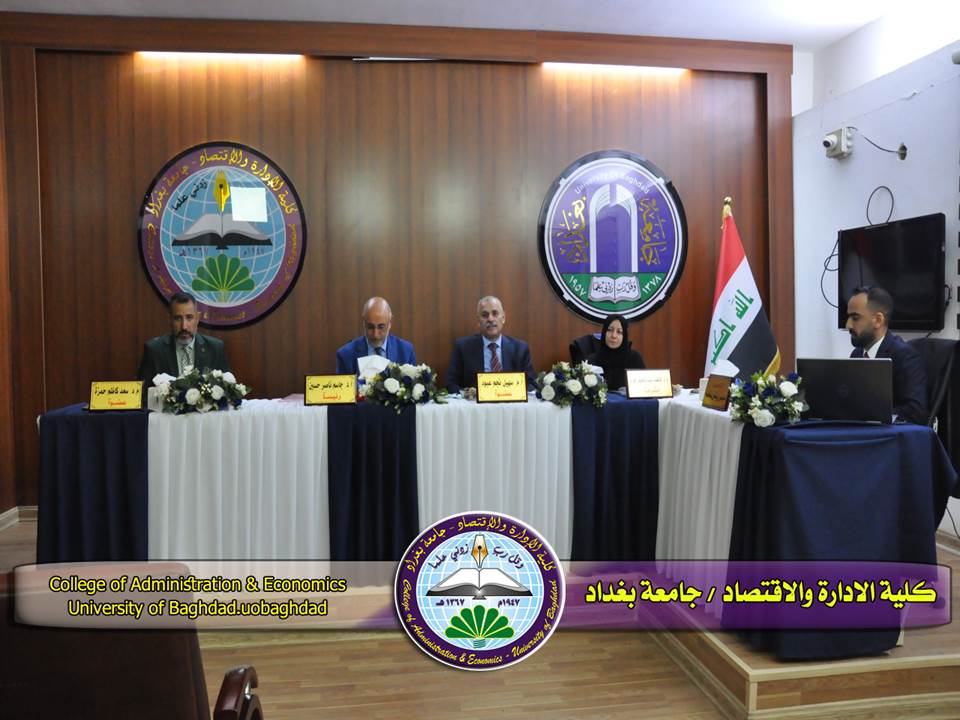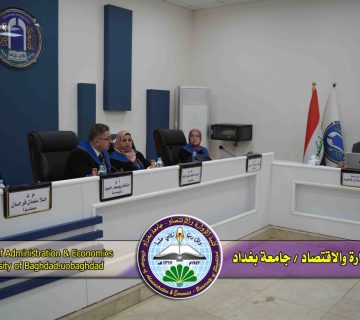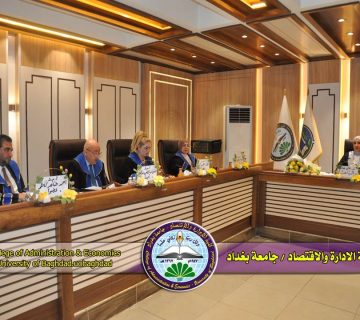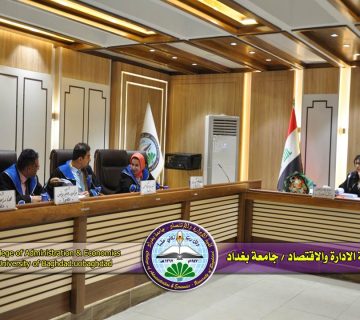The College of Administration and Economics at the University of Baghdad discussed , a master’s thesis in field of statistics by the student (Omar Riyadh Nadhim) and tagged with (Determining the Primary Meteorological Factors Influencing Solar Radiation for Multiple Linear Regression Model Using Genetic Algorithms and Neural Networks) , Under supervision of (Dr.Fahtima Abdul Hamid Jawad )
Solar energy is considered a renewable and sustainable energy source that can be used to meet a portion of the growing future demand for electricity. Solar energy production is highly sensitive to local weather conditions, which can lead to significant fluctuations in its output over short periods, and it can only be generated during specific hours of the day.
To understand the impact of local weather factors on solar energy, it is necessary to develop a mathematical model to analyze the relationship between the response variable (solar radiation intensity) and the causal factors (such as local weather factors and others). The select of the model and the variables it includes is crucial in statistics, and regression analysis is a well-established method for data analysis and determining the relationship between the so-called dependent or response variable and one or more independent or explanatory variables.
The research encompassed daily monitoring of nine parameters, which included global horizontal irradiance, air temperature, relative humidity, dew point, wind speed, wind direction, precipitable water, azimuth, and zenith. The study sample was stratified by time into two seasons, namely the hot and cold seasons. The dataset for the hot season comprised 2571 readings, while the cold season dataset consisted of 2075 readings, encompassing the timeframe from January 1, 2021, to December 31, 2021, for Baghdad. The findings demonstrated the efficacy of the genetic algorithm approach in selecting model variables based on evaluation criteria such as AIC, BIC, and adjusted R2, surpassing the performance of stepwise regression. Additionally, neural networks exhibited superior accuracy in assessing the three comparison criteria (AIC, BIC, adjusted R2). The data analysis and results were conducted using statistical software programs, including SPSS, MATLAB, and R Studio.











